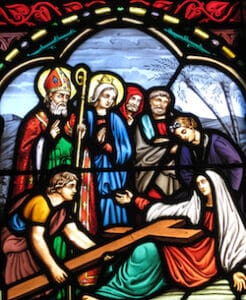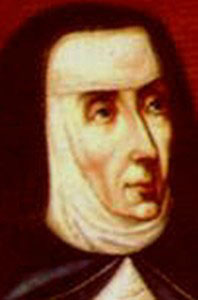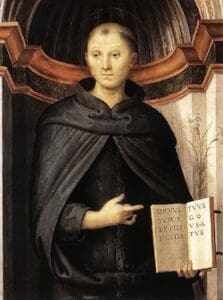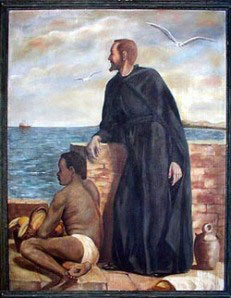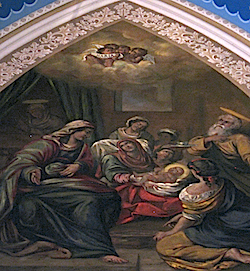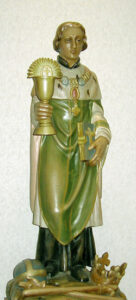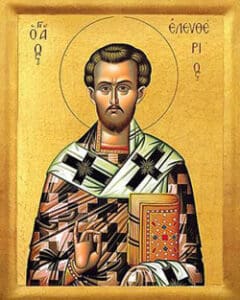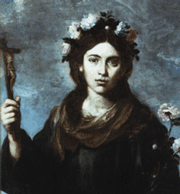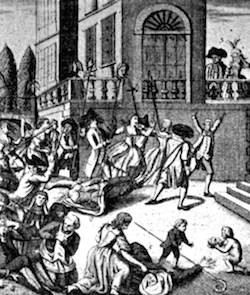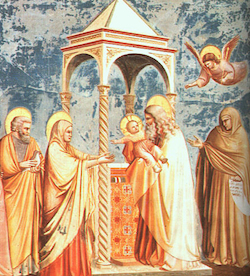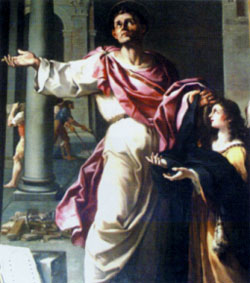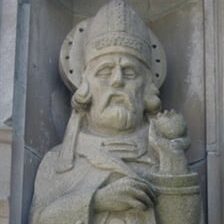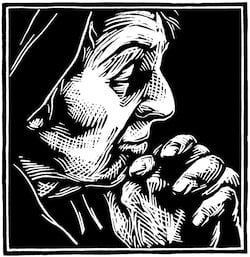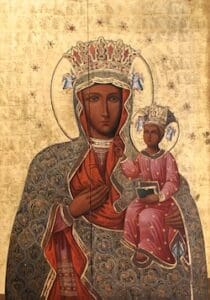

Next to Pope St. John Paul II, Mother Teresa is perhaps the most famous holy person of modern times. It should be no surprise, therefore, that the two were friends and often visited one another.
Agnes Gonxha Bojaxhiu was born 1910 to Albanian parents living in Macedonia. Her father, a businessman, died when she was eight, and his absence cast the family into poverty. She found solace in her faith, and was very active in her Jesuit parish as a young girl.
When she turned 18, she followed a call to enter religious life and entered a community of sisters in Ireland, taking the name Sister Mary Teresa after St. Therese of Lisieux. A year later, she was on her way to India, where her work with the outcast would inspire the world.
She was assigned to a community in Calcutta where she taught at a school for girls. In time, she was named the principal of the school, and became known for her charity, unselfishness, and courage. She had a reputation for diligence and working hard, and she had a natural mind for organization and administration.
She experienced a profound encounter with Christ in 1946 while she was on her way to her annual retreat. She was riding on a train when she received some source of inspiration, a “call within a call,” as she put it. She was consumed with Jesus’ love for every person, and the desire to offer that love to others became a motivating force in her life from that moment on.
She left her community and established her own religious community of sisters, known as the Sisters of Charity. She understood Jesus to be calling her and others to offer his love to the poor and neglected.
She entered the slums of Calcutta and began to visit families, where she washed the wounds of children, cared for those who were abandoned and sick, and nursed those who were dying. She began each day by receiving Communion and then went out to the streets with a rosary to encounter “the unwanted, the unloved, the uncared for.”
By the 1950s other women had begun to join her in this work, and she started to send some to other parts of India. Eventually, the order would expand to include brothers and priests and would come to serve people on every continent. Today, some 4,500 members participate in her work in more than 130 countries.
With the emergence of global media technology, her story was shared with the world and many were drawn to her compassion. She received many honors for her work, including the Nobel Peace Prize in 1979, which she humbly accepted “for the glory of God and in the name of the poor.”
After her death, it came to light that Mother Teresa was troubled by a long experience of dryness in prayer. About the time that she started the Sisters of Charity, she sought God in prayer and longed to feel the presence of Jesus in her spiritual life, but only found emptiness. She felt abandoned, and this feeling of separation led her to a more profound union with God—she was united with Jesus in his suffering and in his desire for love, and with the abandonment experienced by the poor people she served.
Mother Teresa died on this date in 1997, and is buried in the mother house of the Missionaries of Charity—her tomb is a place of pilgrimage and prayer today. She was canonized in 2016.
Mother Teresa made a visit to Notre Dame in 1974 to speak at a meeting of pastoral and social ministry leaders—a photo of her speaking hangs near the side entrance to the Basilica. A stained glass image of her stands in the chapel in Geddes Hall, and she is also depicted in a statue that stands in Visitation Hall, which houses the Institute for Educational Initiatives. She is also pictured here with Father Theodore Hesburgh, C.S.C., president emeritus of the University.
Notre Dame students have the opportunity to join in Mother Teresa’s work through the Center for Social Concerns, which sponsors International Summer Service Learning Programs around the world, including Calcutta. Students serve at a center for the destitute and dying, a school for children with developmental disabilities, and centers for female prisoners and orphans. The images below show Notre Dame students serving with Mother Teresa’s Missionaries of Charity.
St. Teresa of Calcutta, you gave your life to radiating the love of Jesus to the abandoned–pray for us!
To learn even more about Saint Teresa of Calcutta, watch this video lecture from the McGrath Institute for Church Life at the University of Notre Dame.











